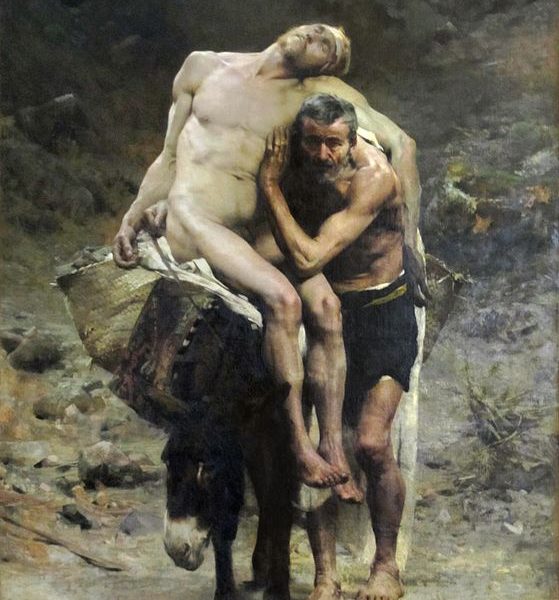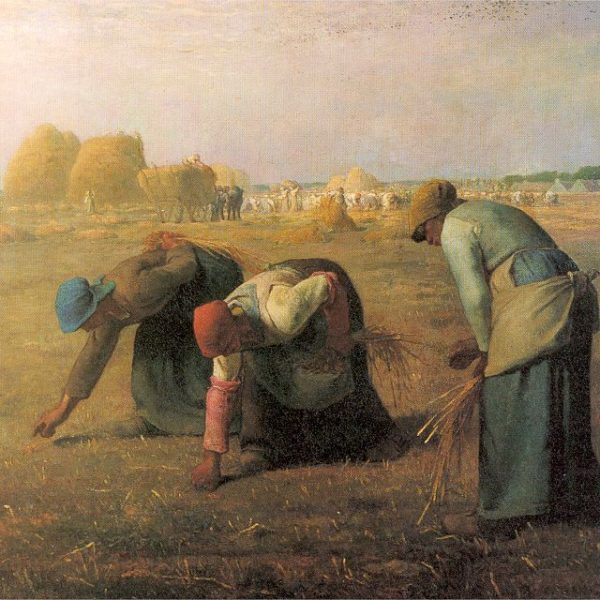
In response to a question designed to test him, Jesus presents a lawyer with a series of questions in response, which evade his trap and undermine the lawyer’s attempts at self-vindication. Through his conversation, he reveals the importance of asking the right question.

What makes for a good neighborhood? This is a question that American society has been struggling with in different ways for some time now. On one level, a response to this question might have something to do with a residential street dotted with beautiful lawns, white picket fences surrounding lovely homes, low crime rates, good real estate values, and maybe children playing in safety. On another level, however, the neighborhood can be a metaphor for the larger society. The question of what makes for a good American society is a much more divisive issue. It has been the source of rancorous disagreement throughout the election season. On this, and any political issue, election rhetoric becomes a contest of stories, a battle between narratives. Each party works to craft a persuasive narrative that can account for the present situation and also lift up its own vision of America’s future. At the same time, the narrative must offer bleak warnings about the dangerous values and vision of the other party. In the midst of such rancor, it can be a challenge to find a gracious vision of what the good neighborhood looks like. This week’s Old Testament lection from the second half of Ruth, however, can help us go a long way toward finding that gracious narrative. As last week’s post by Timothy Simpson pointed out, there is a lot more to the story of Ruth than usually meets the eye. It may not be typical to think of this story as embodying a vision for the good neighborhood, but the book is making some bold claims about precisely that…
